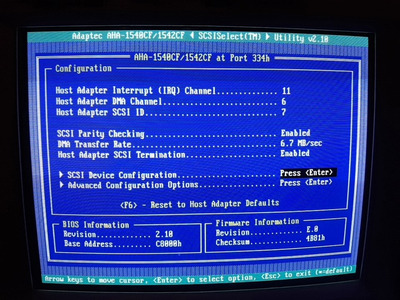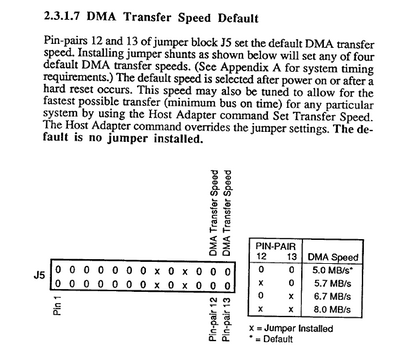Reply 40 of 63, by NJRoadfan
wrote:It seem that there are problems with SCSI controllers if you want to use Windows 3.x:
Adaptec provides a "FastDisk" VxD/386 driver for SCSI controllers that works with 32-bit disk access as explained above. The driver included with Windows 3.1x won't even work on translated drive over 504MB. 32-bit Disk Access bypasses using Int 13h to access hard drives, thus speeding up disk I/O since it uses a protected mode driver with no thunking to real mode.

